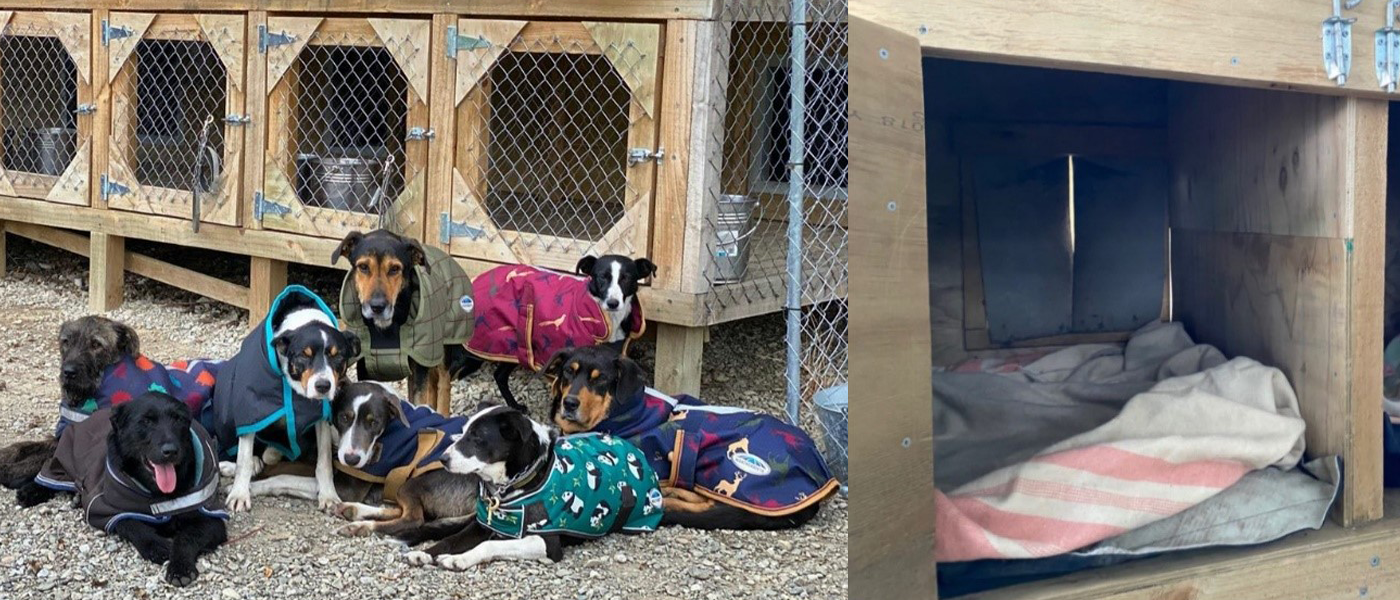
Around April/May, we begin seeing working dogs ‘slow up’. Common causes for early retirement of working dogs are cited as “slowing down, getting old, unable to jump on the back of the truck anymore…”.
These behaviours of “slowing down” can be a sign of your dog being in pain and discomfort. Dogs with chronic pain do not show the signs like we humans do. They will not cry or whimper, especially when they know there is a job to be done, such as shifting a mob of sheep. They express their pain in subtle ways such as behaviour changes or shifting weight off the affected limb/limbs. By looking after your dogs and noticing the signs of arthritis, you can get more working years out them.
Arthritis is a very common condition that does not only affect the old. We do see some dogs develop arthritis at a young age, and this can be influenced by diet, genetics, high workload or injury. 1 in 5 dogs suffer from osteoarthritis, and the chances of them developing it increase with age. Unfortunately, arthritis is not a condition we can cure, but we can help slow the process down with appropriate medical treatment and adjustments to the dog’s lifestyle.
You may notice a change in your dog’s social behaviour – less tolerant of young or boisterous dogs, not running with the group, growling or snapping when other dogs go near them. Other signs are if they are struggling to get up from a lying or sitting position, do not want to be touched over certain areas, are unable to jump onto the bike or the back of the truck, are much slower when working/unable to keep up with other dogs like they used to.
Farmers are investing more in good working dogs – as recently as July 2020, a 2-year-old heading bitch sold for $13,200 in mid- Canterbury! Regardless of the purchase price, working dogs are an important asset, so we need to think about what we can be doing from pup through to senior years so that they can work to their full potential effectively and comfortably.
Your dogs work very hard all year round, you rely on them in your day-to-day work to perform at their best. What are some easy ways to make a difference to your working dogs to reduce the impact of arthritis?
Housing
Provide kennels that are draught-free, sheltered from the direct sun, wind, and rain. The kennel box should always have a layer of bedding to remove pressure off joints – in winter provide an additional layer to provide additional warmth. A thrifty tip is to add some old carpet on the walls and floor of the box where they sleep in order to reduce draughts and provide insulation.
We are so pleased to see the growth in working dogs being coated at night – dog jackets can be picked up for as little as $30 from some places. Dogs often begin to line up to have them put on after a couple of nights!
Nutrition
Premium nutrition provides the nutrients and energy a dog needs to perform and recover after work. Poor quality diets can lead to low energy levels, delayed recovery from injury and slow healing of wounds; they can also affect coat quality, and can contribute to constipation, obstruction and GDV (stomach twist). Black Hawk and Royal Canin offer tailored diets for working dogs, and they can be purchased from your Vetlife clinic.
Joint care For your older dogs or those recovering from orthopaedic surgery, you should consider putting them onto a specific joint diet or joint supplement, such as 4CYTE™, SynoquinEFA and/or Synovan. Discuss with your veterinarian or veterinary nurse which option would suit your dog.
If you do have any concerns, please contact your Vetlife team!
Danielle Beal-Harris DipVN,
Rehabilitation Nurse Murrays Veterinary Clinic